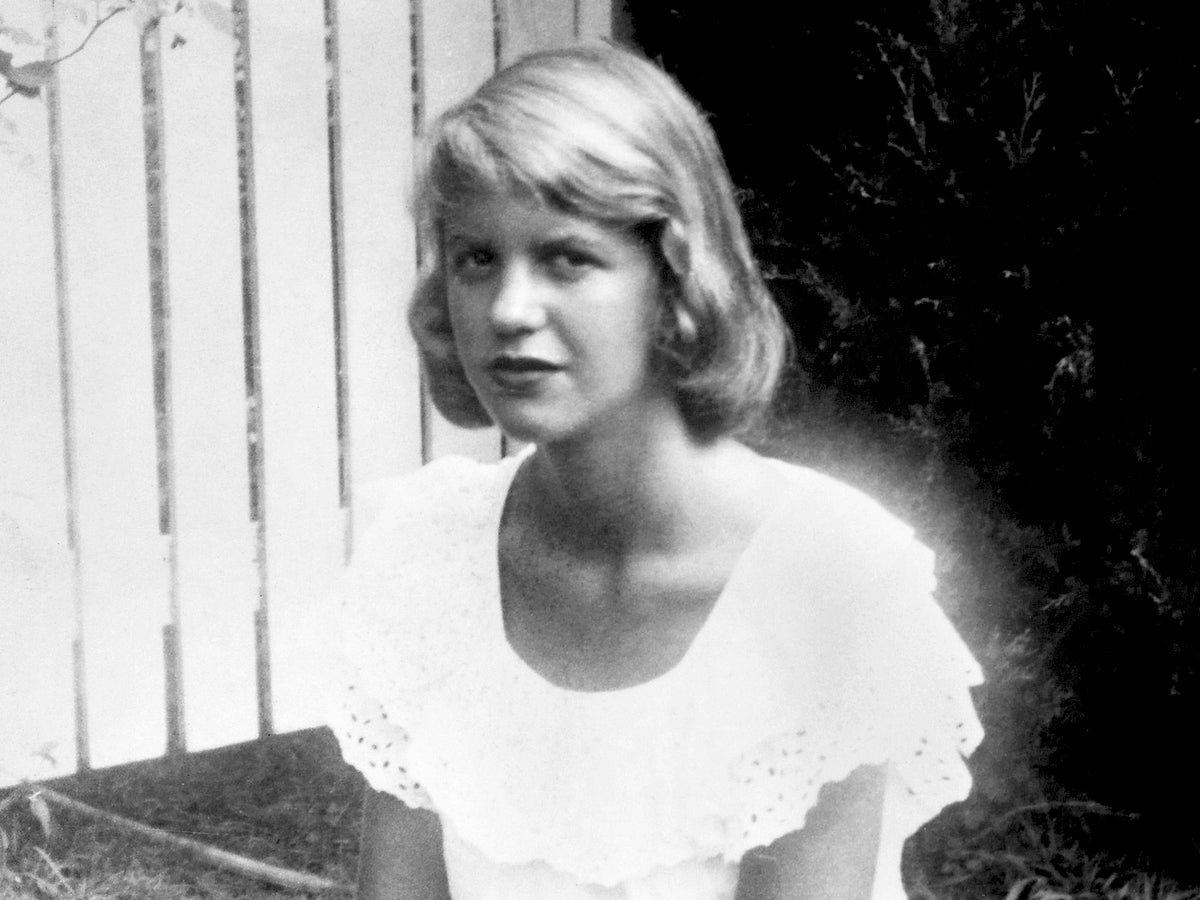
Did Sylvia Plath predict it all? That’s what we’d like to think. In her work, we’re always looking for prophecies about her life – and when I say her life, I mostly mean her death. In her poem “Lady Lazarus”, she imagined her corpse, surrounded by a grubby spectacle. “The peanut-crunching crowd / Shoves in to see / Them unwrap me hand and foot–– / The big strip tease.” Portentous as it sounds, it’s really a poem about rebirth, laced with irony. And yet we’re still fixated on her suicide at the age of 30 in 1963, and the search for signifiers goes on. She is, as Heather Clark wrote in her biography Red Comet, “a paradoxical symbol of female power and helplessness … caught in the limbo between icon and cliché”.
But how do we fix this? Perhaps this week – 90 years since she was born – holds the key, since it’s far more powerful to reflect upon a creative force coming into the world, blazing so fiercely that we still feel the scorch marks, than prematurely leaving it in such pain. Plath didn’t let herself think lazily, and nor should we. Why can’t we challenge ourselves to wrestle with what she created while she was alive, rather than play her death on a loop? As a writer, she was carving out new ways to describe the human experience, but we want to trap her in the same moment forever.
In thinking differently about her legacy, we’ll find hazards along the way. There’s a fundamental problem with how we read the work of artists who died by suicide. Plath stands in a long line of creative people who took their own lives, from Virginia Woolf to Kurt Cobain and Sarah Kane, whose output is now seen as merely a prelude to their deaths. In many ways, this is a fundamentally human response. Suicide is so distressing and shocking – how could we not feel compelled to look for the signs? But too often – and harder to excuse – that death is fetishised. Andrew Dominik’s Blonde did this to Marilyn Monroe, portraying her life as a preordained, lonely tragedy; in the final scene, her dead feet dangled off the bed like a doll’s. (Clark draws a notable parallel, remarking on Plath’s “popular, clichéd image as the Marilyn Monroe of the literati”.) Euphoria, a novel by Swedish writer Elin Cullhed, published in the UK this month, imagines the year before Plath’s death and begins with a chapter entitled “7 reasons not to die”.
The other problem is, Plath may have been claimed as a feminist icon, but we still struggle to understand women writers on their own terms – particularly those who write about pain. “When we see a female character reading The Bell Jar in a movie, we know she will make trouble,” comments Clark. (Respect to you, Kat Stratford in 10 Things I Hate About You.) My own early reading journey with Plath was beleaguered by this societal baggage: at first, I recoiled from her, before watching others do the same. In a school English lesson, I found her poem “Daddy” uncomfortable: too ugly, too challenging. As that same teenage reader, I dismissed The Bell Jar. Too whiny! A few years later, I read Andrew Wilson’s biography Mad Girl’s Love Song, which charts Plath’s life until she met Ted Hughes, and was struck by how indefatigable she was – fighting for scholarships, usually the smartest person in the room, and always, always writing. The more I read, the more ashamed I was to have underestimated her so badly.
Because Plath had the highest of standards for herself, so now I have them for her too. I avoid the melodramatic 2003 Gwyneth Paltrow film, which prompted Plath’s own daughter Freida to write a poem condemning the “Sylvia Suicide Doll”, and regard cosplaying novels with suspicion. Instead, I turn to her work, or think of the creativity that she’s inspired. Janet Malcolm’s The Silent Woman, for example, which takes the Plath/Hughes biography industry as its subject and offers far more rounded portraits of both as a result. Or After Sylvia, a new anthology of poetry by writers inspired by Plath. And then there are Plath’s drawings, recently published by Faber, which reveal a more playful creative side to her, and make a fitting tribute to her 90th anniversary. Or, of course, Clark’s weighty, Pulitzer Prize-nominated biography.
Or I go back to The Bell Jar, or spend time with the poems. There are always new things to find, and there are lines I only want to read over and over. Like the end of her poem “Tulips”, written after a hospital operation, in which she appreciates the quotidian simplicity of being well: “The water I taste is warm and salt, like the sea / And comes from a country far away as health.” Prophecies, schmophecies. I just want to know: how did she do that?







